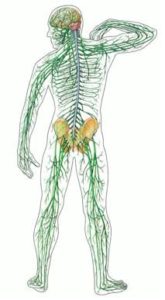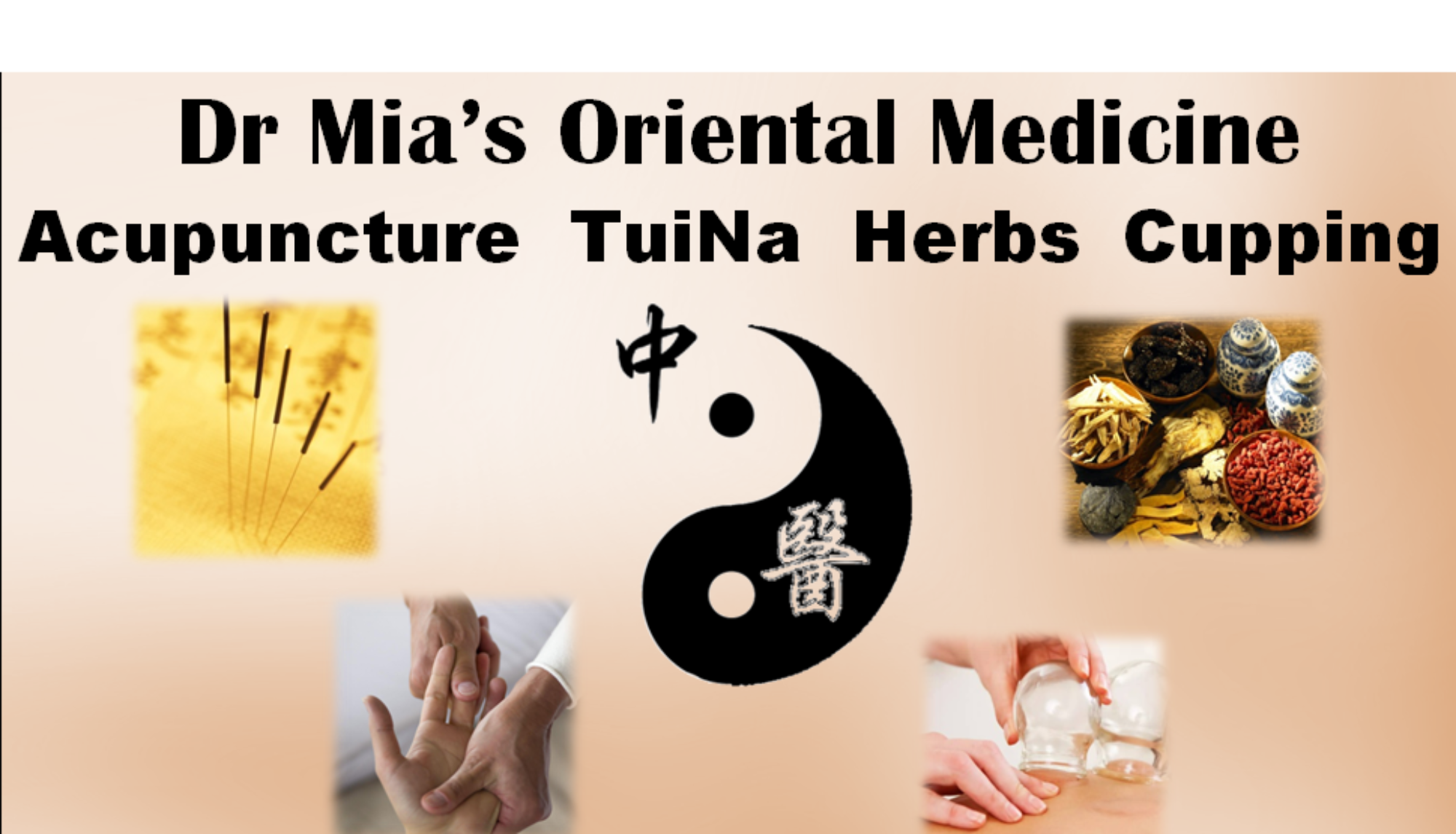Extraordinary Acupuncture Points (奇穴) – Comprehensive Guide
1. Definition and Background
Extraordinary acupuncture points (also called *miscellaneous points* or *extra points*) are acupoints that fall outside the standard **12 primary meridians** and **8 extraordinary vessels** but have significant therapeutic value. Unlike classical meridian points, many were discovered through **clinical experience** rather than theoretical frameworks.
– Historical Context: Some extraordinary points date back to ancient texts like *The Yellow Emperor’s Classic of Internal Medicine* (*Huangdi Neijing*), while others were added over centuries by practitioners observing their effects.
– Naming Conventions: Many are named after their functions (e.g., *Ding Chuan* = “Asthma Stopper”) or anatomical locations (e.g., *Si Shen Cong* = “Four Alert Spirits”).
2. Categories of Extraordinary Points
Extraordinary points can be grouped based on their location and clinical use:
A. Standardized Extra Points (WHO-Recognized)
These are officially cataloged and include:
– EX-HN (Head & Neck): *Tai Yang* (EX-HN5), *Yu Yao* (EX-HN4), *Si Shen Cong* (EX-HN1).
– EX-B (Back): *Jia Ji* (EX-B2), *Ding Chuan* (EX-B1).
– EX-UE (Upper Extremities): *Ba Xie* (EX-UE9), *Shi Xuan* (EX-UE11).
– EX-LE (Lower Extremities): *Ba Feng* (EX-LE10), *Lan Wei* (EX-LE7).
B. Non-Standardized Points (Empirical/Ashi Points)
– Ashi Points (Ah Shi): Any tender or reactive spot (used in trigger point therapy).
– Folk Points: Passed down through regional traditions (e.g., *Jian Qian* for shoulder pain).
3. Clinically Significant Extraordinary Points
A. Head & Face (EX-HN)
1. Si Shen Cong (EX-HN1)
– **Location**: Four points around *Baihui (GV20)*.
– **Uses**: Insomnia, epilepsy, headaches, stroke recovery.
– **Technique**: Perpendicular or oblique needling (0.5–1 cun).
2. Tai Yang (EX-HN5)
– **Location**: Temporal depression, about 1 cun posterior to the midpoint between the lateral eyebrow and outer eye corner.
– **Uses**: Migraines, facial paralysis, red/swollen eyes.
– **Technique**: Oblique insertion (0.5–1 cun) or bleeding for acute pain.
3. Yu Yao (EX-HN4)
– **Location**: Midpoint of the eyebrow.
– **Uses**: Frontal headaches, eye strain, ptosis (drooping eyelid).
B. Back (EX-B)
1. **Jia Ji (EX-B2)**
– **Location**: 0.5 cun lateral to the lower border of each vertebra (from T1 to L5).
– **Uses**: Spinal disorders, organ dysfunction (e.g., lung, stomach, kidney issues).
– **Technique**: Perpendicular or oblique needling (0.5–1.5 cun).
2. **Ding Chuan (EX-B1)**
– **Location**: 0.5 cun lateral to *Dazhui (GV14)*.
– **Uses**: Asthma, bronchitis, chronic cough.
C. Upper Extremities (EX-UE)
1. **Ba Xie (EX-UE9)**
– **Location**: Dorsal hand, at the webs between the fingers.
– **Uses**: Finger numbness, swelling, toxicity (e.g., insect bites).
2. **Shi Xuan (EX-UE11)**
– **Location**: Tips of all ten fingers.
– **Uses**: Emergency revival (fainting, heatstroke), high fever.
– **Technique**: Prick to bleed (3–5 drops).
D. Lower Extremities (EX-LE)
1. **Ba Feng (EX-LE10)**
– **Location**: Dorsal foot, at the webs between the toes.
– **Uses**: Foot pain, swelling, neuropathy, gout.
2. **Lan Wei (EX-LE7)**
– **Location**: 2 cun below *Zusanli (ST36)*.
– **Uses**: Appendicitis, abdominal pain.
E. Special Points
1. **Ashi Points**
– **Location**: Any tender spot (muscle knots, injury sites).
– **Uses**: Myofascial pain, sports injuries.
2. **Huan Tiao (GB30, sometimes considered extraordinary)**
– **Location**: Hip joint, lateral buttock.
– **Uses**: Sciatica, hip arthritis, leg paralysis.
4. Clinical Applications
– **Pain Management**: *Ashi points*, *Jia Ji points*, *Tai Yang*.
– **Neurological Disorders**: *Si Shen Cong* (epilepsy, stroke), *Shi Xuan* (emergency revival).
– **Respiratory Issues**: *Ding Chuan* (asthma), *Fei Shu (BL13)* (combined with extraordinary points).
– **Localized Disorders**: *Ba Feng* (foot pain), *Yu Yao* (eye strain).
5. Needling Techniques
– **Standard Insertion**: 0.3–1.5 cun depth, depending on location.
– **Bleeding Method**: Used for *Shi Xuan*, *Tai Yang* (acute conditions).
– **Electroacupuncture**: Applied to *Jia Ji points* for chronic pain.
– **Moxibustion**: Used on *Ding Chuan* for chronic asthma.
6. Comparison with Meridian Points
– **Meridian Points**: Follow *Qi* flow, treat systemic imbalances.
– **Extraordinary Points**: Often treat **local** or **specific** conditions (e.g., *Lan Wei* for appendicitis).
– **Ashi Points**: No fixed location—found via palpation.
7. Modern Research & Evidence
– **Jia Ji Points**: Used in **pain clinics** for herniated discs.
– **Si Shen Cong**: Studied for **stroke rehabilitation** and **cognitive disorders**.
– **Shi Xuan**: Effective in **emergency medicine** for syncope (fainting).

Overview of Acupuncture Points in Traditional Chinese Medicine (TCM)
Classical TCM texts recognize **361 primary acupuncture points** distributed along the **12 regular meridians** and **8 extraordinary vessels**, along with **68 standardized extraordinary points (奇穴, *qí xué*)**. These points form the foundation of acupuncture therapy, each with well-documented indications for treating various diseases.
Beyond these classical points, numerous **additional pressure points** and **empirical acupoints** have been developed through specialized schools of practice, including:
– **Master Tung’s Acupuncture** – Known for its highly effective distal points.
– **Reflexology Acupuncture** – Based on microsystem correspondences (e.g., ear, hand, and scalp acupuncture).
– **Mirroring Acupuncture** – Utilizes contralateral or reflective point selection.
– **Empirical Point Collections** – Gathered from clinical experience by seasoned practitioners.
These systems have demonstrated remarkable success in treating a wide spectrum of conditions, often yielding rapid and profound therapeutic effects.
Neurological vs. Energetic Mechanisms of Acupuncture Points
Some modern scholars propose that **extraordinary points** exert their effects primarily through **neurological pathways**, such as:
– **Gate Control Theory** – Pain modulation via peripheral and central nervous system interactions.
– **Distal Point Efficacy** – Stimulating points in the feet to treat headaches, facial pain, or dental issues (e.g., *Yongquan KI1* for migraines).
– **Scalp Acupuncture for Musculoskeletal Pain** – Using scalp zones to alleviate low back, hip, and leg pain.
However, **TCM theory** suggests a more comprehensive mechanism, where acupuncture points function through **multilayered physiological connections**:
1. **Superficial Pathways** – Linking skin, connective tissue (fascia), and sensory nerves.
2. **Deep Structural Connections** – Influencing tendons, muscles, bones, and internal organs via meridians.
3. **Energetic (Qi-Based) Regulation** – Balancing *Qi*, blood (*Xue*), and organ functions to restore homeostasis.
This **holistic framework** explains why acupuncture can effectively treat diverse conditions—ranging from **pain disorders** to **internal medical diseases**—by addressing both **symptomatic** and **root imbalances**.
Clinical Implications and Therapeutic Advantages
The integration of **classical meridian points**, **extraordinary points**, and **specialized point systems** (e.g., Master Tung’s) allows practitioners to:
– **Enhance Precision** – Select points based on both traditional indications and modern neurophysiological insights.
– **Expand Treatment Strategies** – Combine distal, local, and mirroring techniques for refractory cases.
– **Improve Outcomes** – Leverage empirical points with proven clinical efficacy for faster relief.

